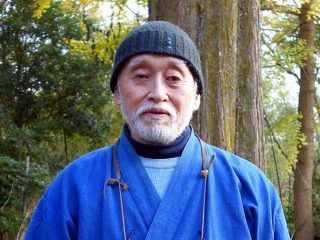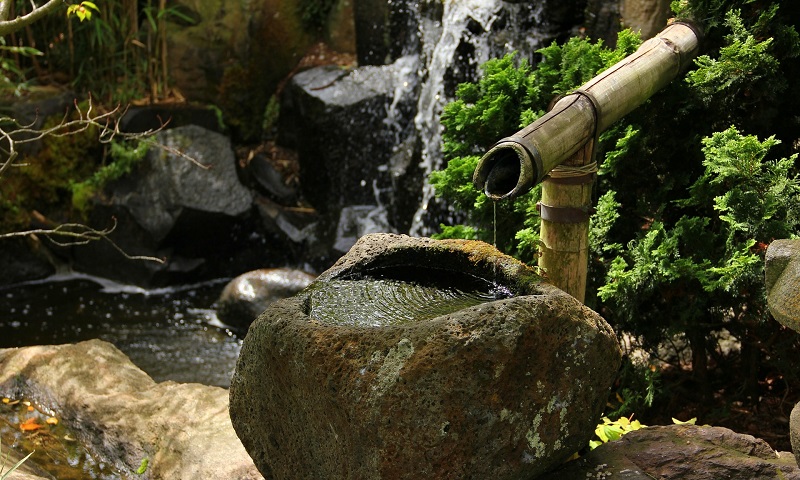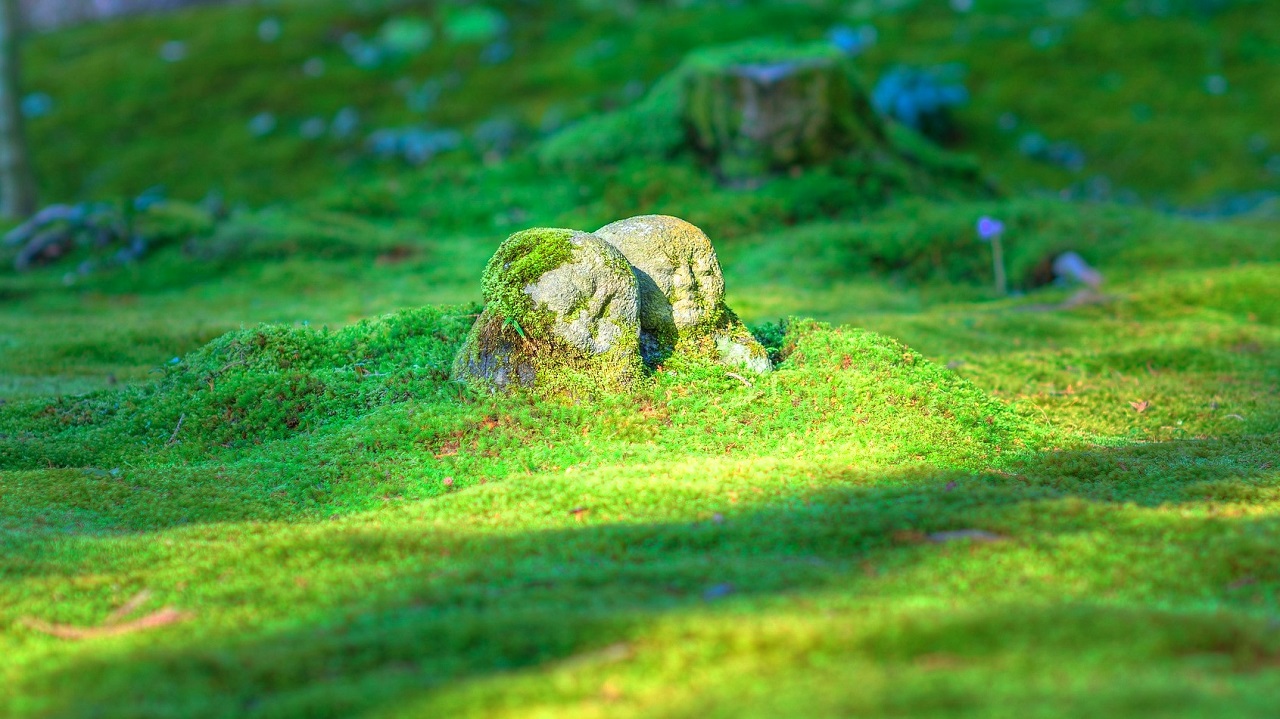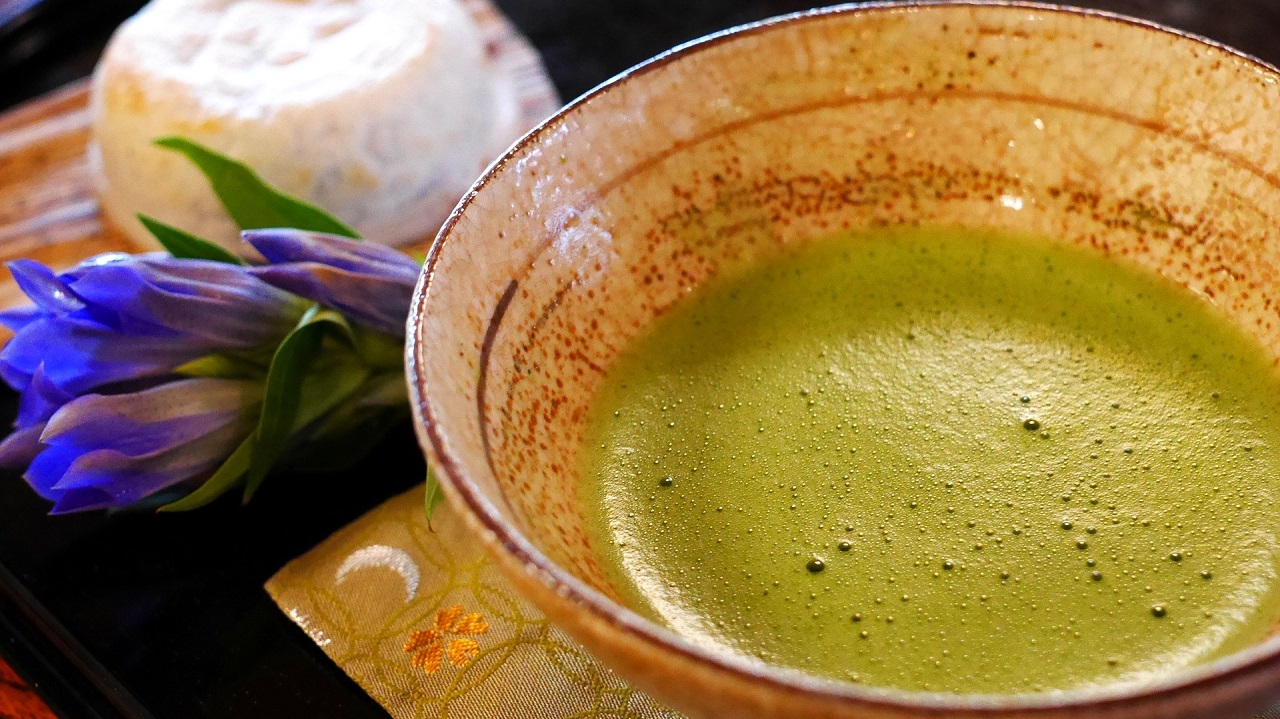
What is Wabi-Sabi ?
Wabi ( 侘び in japanese : Sober refinement ) expresses a way of being quietly clear and calm.
A frame of mind in which spiritual richness can be found in the simplicity and tranquility.
This mentality forms an important basis of the traditional tea ceremony.
Sabi ( 寂び in japanese : Quiet simplicity ) means having well seasoned, refined simplicity.
A poetic ideal fostered by Basho in haiku in which profound meaning can be found in detachment and dispassionateness.
Evocations of sabi in painting are seen in scenes of stillness.

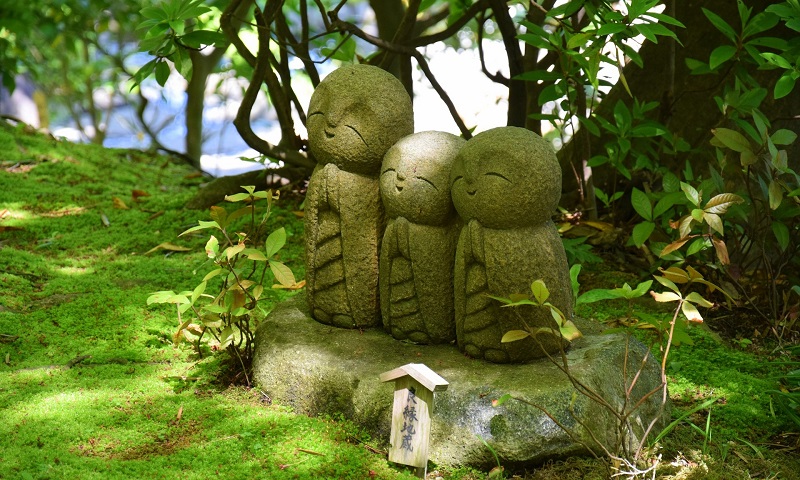
Wabi and Sabi are the highest aesthetic values aimed at by traditional Japanese arts, particularly the tea ceremony called Sado and poems in seventeen syllables called Haiku.
The two values have at bottom common qualities such as a sense of quiet sadness at the bottom, encouragement of simplicity and rejection of gaudiness.
Wabi expresses a way of being quietly clear and calm, a state mainly pursued by Sen-no-Rikyu who perfected the art of the tea ceremony.
Sabi means having well-seasoned, refined simplicity, an ideal state in Basho’s poems in seventeen syllables.
Both men sought the beauty that is one with nature, free from worldly concerns and annoying human relations.
The subtle and profound(幽玄)
What is neither apparent in the meanings of words nor clearly visible to the eyes is, for these very reason, the aesthetic world that man can sense behind it all: This is Yugen.
It is one of the emotions flowing in the depths of the Japanese feelings that value suggestiveness and encourage brevity.
This kind of deep emotion is related to the process of shaping a short poetic style which tries to express everything using limited kinds and numbers of words.
That is to say, the beauty of Yugen, which values suggestiveness, is an aesthetic quality that takes shape where only a few words can awaken many thoughts.
Therefore, it can be said to be an aesthetic world made possible only in a community sharing a homogeneous culture, where people communicate without saying everything.

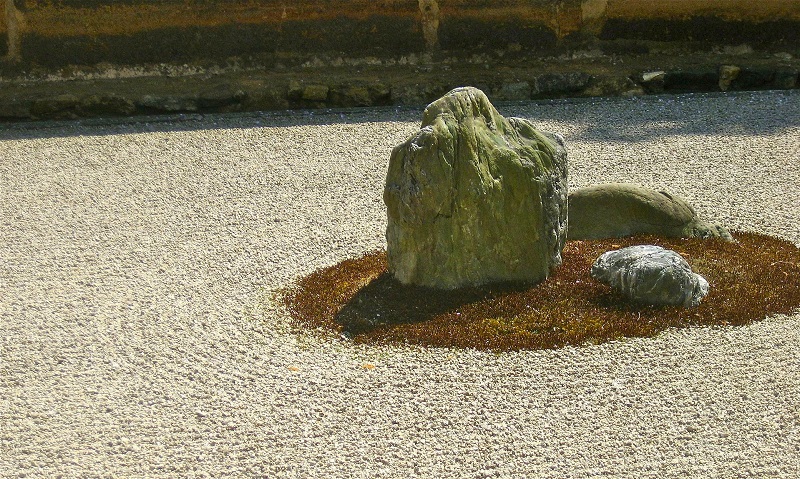
Transiency(無常)
Transiency is one of the most important views of the world in Buddhism; it refers to the notion of the transmigration od souls,which holds that every single life inev1tably dies an everything is under constant change.
Since ancient times it has been a chief subject of literature in Japan, and has formed the underlying tone of such famous Japanese works as the “ Tale of Heike,” the “Ten-Foot-Square Hut,” and the “Essays in Idleness,” in the midieval times, and the “Narrow Road to the Deep North” by Basho in the Edo Period(1603-1867).
The “Tale of Heike” tells the story of the fall of Heike, the first clan of warriors that have enjoyed strong power: “….(Buddhlst teaching) reveals the law that the prosperous must decay, and pride goes before a fall….”.
And in the “Ten-Foot-Square Hut,” the essay begins with a view of the world as transient: “Ceaselessly the river flows, and yet the water is never the same.”
